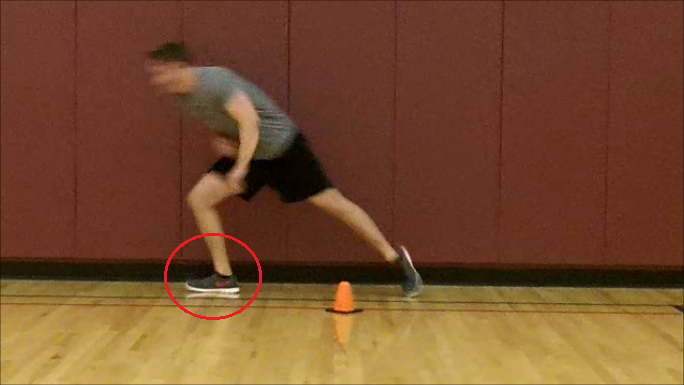Hello Everyone!
It’s time for another Akron General Sports Performance Athlete Spotlight! Our next athlete spotlight is a baseball player from Cuyahoga Valley Christian Academy. He been with us for a few off-seasons now and his transformation has been incredible to watch. He's dedicated to building as much speed, strength, and power as he can. It’s time to meet our newest athlete spotlight!Athlete Name: Chris Punka
Sport(s): Baseball
Position(s): 1st Base and Pitcher
School: CVCA
Graduation Year: 2016
AGSP Athlete Since: 2010
Favorite Professional Sports Team: Boston Red Sox
Favorite Professional Athlete: Dustin Pedroia |
| Chris develops all aspects of his athleticism at AGSP. |
Favorite Lift: Back Squat
Favorite Movement Skill: Acceleration
When I am not training at AGSP, I am: Doing baseball stuff and resting.
What are your short-term goals? To be the best player in our pac this year.
What are your long-term goals? To play at a D1 college in 3 years.
How has AGSP impacted your performance as an athlete?It made me faster, stronger, more powerful and a better athlete overall.
What are your long-term goals? To play at a D1 college in 3 years.
How has AGSP impacted your performance as an athlete?It made me faster, stronger, more powerful and a better athlete overall.
Coach Amanda Kephart and Akron General Sports Performance







